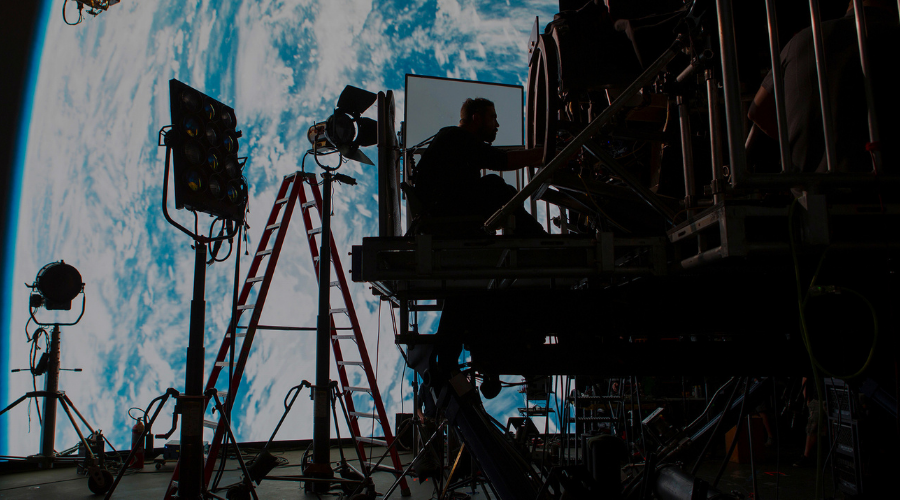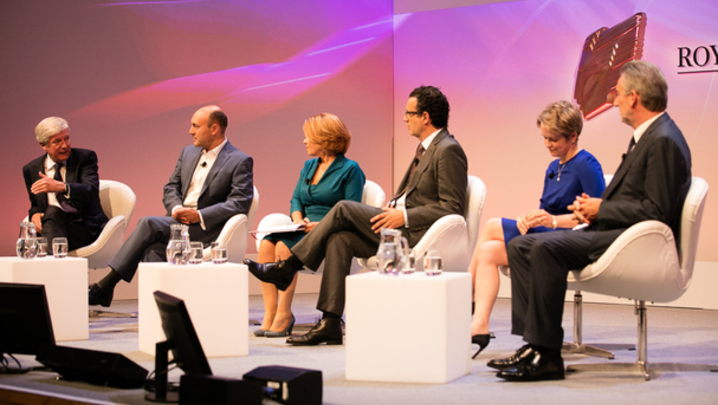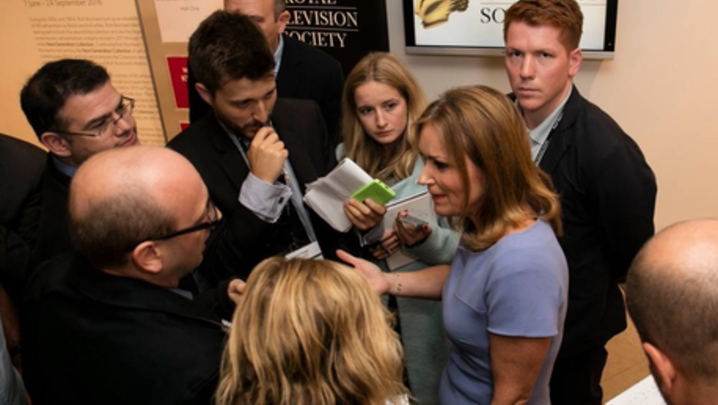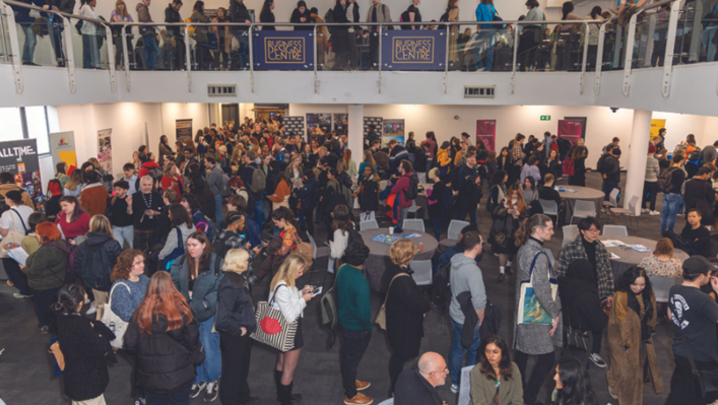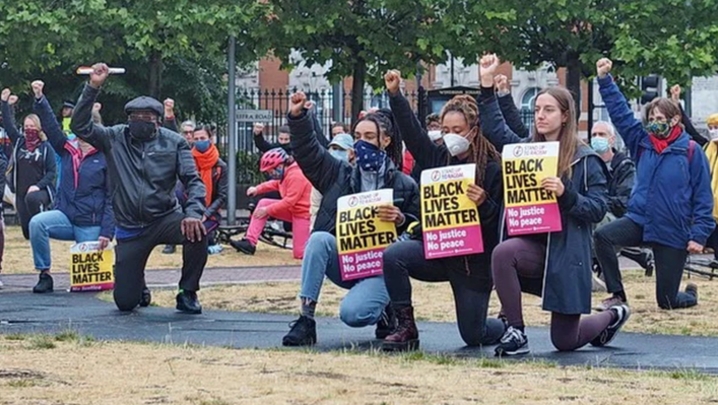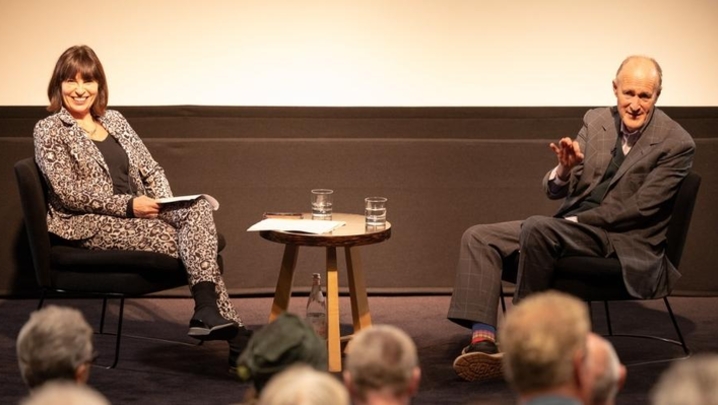An RTS panel examines how TV producers can play their part in combating global warming.
Each hour of television produced leaves a carbon footprint of 9.2 tonnes, which is the equivalent of two households’ annual consumption. This startling figure is the average across all genres – quadruple it for drama.
That was the top line given by Roser Canela Mas of Albert, the pan-industry body set up to help make television production sustainable, at an RTS panel discussion, “Producing sustainable TV – myth or reality?”.
Laying out the problem, she emphasised that climate scientists have warned of irreversible consequences if the average temperature of the Earth’s atmosphere rises by more than 1.5°C by 2050. “So far, temperatures have risen by 1°C, so we are 0.5°C away from where we shouldn’t get,” said Canela Mas, industry sustainability manager at Bafta and Albert. “In terms of our industry, it means that, while reusable water bottles are a good start, we need to look at how we operate as a business in order to be more resilient in the future.”
One positive sign that she noted was that all UK broadcasters had signed up to request carbon footprint details as part of the production process. And the “net zero 2030” target adopted by many companies suggested that the industry was prioritising its environmental impact.
Phil Holdgate, head of production sustainability at ITV Studios, explained that the goal of becoming carbon neutral by 2030 relied on four pillars. The first was energy, he said: “Things such as powering our studios with renewable energy, and emissions that we can directly control, like diesel generators.
“The second is waste. How do we eliminate waste in the first place and, then, how do we manage it on an ongoing basis. That includes things like trying to eliminate single-use plastics, as well.
“Third is sourcing – 90% of emissions sit in our supply chain. It’s out of our direct control but it is within our indirect control.
“There’s a lot more industry collaboration on sourcing, because a lot of producers and broadcasters share the same supply chain.”
Holdgate noted that there was “a live conversation about sports broadcasting, because it’s a niche field and there’s a small group of suppliers for that particular genre. There are lots of conversations [taking place] between ITV Sports, Sky Sports and the BBC, where they are engaging with the suppliers.
“It’s not all about beating people with a big stick. It’s about figuring out how you can all work together for that common purpose.”
Changing the culture was Holdgate’s fourth pillar. “My stock phrase is: being sustainable isn’t my job, it’s everyone’s job,” he said. “That includes things such as training – one-to-one sessions, even this session. It allows people to understand what their piece in the puzzle is.”
Canela Mas also stressed the importance of shared responsibility, explaining that this was why she avoided the idea of having designated environmental officers within a production.
Jane Atkinson, senior vice-president of global production at Fremantle, who is helping to expand Albert’s remit internationally, gave an example of how sustainability could be baked into production decisions when it was part of the overall culture.
“Italy’s X Factor traditionally shoots its audition shows in a huge circus tent. The producers noticed that there was a building company in Rome that had been requested by the government to reduce its emissions.
“As part of that, it put fabric on the exterior of [its construction sites] that absorbed pollution from cars. X Factor Italia approached the company and asked if it could make the tent out of that material. We would never even have thought about that.”
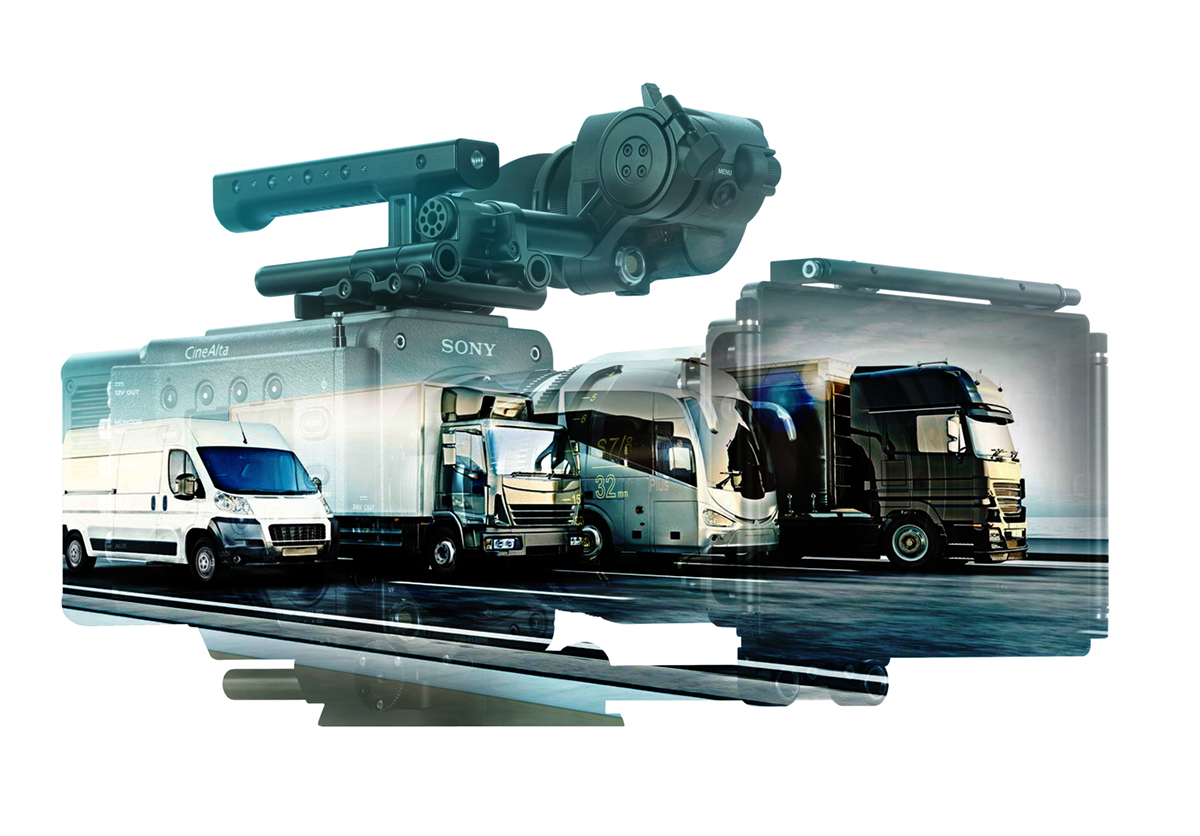
on moving people and gear (credit: Sony)
Indeed, new advances in technology are helping to make sustainability more achievable. “There’s a lot of work being done around cloud-based technology, for example, so you don’t have to take all of the kit and caboodle with you wherever you go,” said Holdgate. “That has been accelerated by Covid, but it was something we were maybe working towards, potentially with a slightly longer roadmap.
“Likewise, what does 5G mean? Do we need great big satellite trucks? And if the kit is getting smaller, then, potentially, the vehicles can get smaller. And does electrification or hydrogen power come into that as well?”
Yet, sustainable production is only part of the puzzle in terms of television’s environmental impact. Richard Watsham, director of commissioning at UKTV since 2014 and responsible for the likes of Judge Romesh, suggested that, “when you think about the TV industry relative to other industries, one of the biggest impacts we can have is influence. That’s going to have more significance [even] than important work within our own industry.”
To that end, there has been a push to shape how TV can change social attitudes towards sustainability. Albert collects data on how often climate change is mentioned in programmes. While the number of mentions increased between its annual reports, “it is still lower than words such as cats, cakes and weddings”, said Canela Mas.
At UKTV, “planet placement” (an Albert initiative to raise awareness of climate change) is part of the production process: before production starts, UKTV discusses opportunities relating to sustainability with the producer, said Watsham.
“There are clever ways, but you have to weave them in at the beginning,” he said, adding that it was especially important to start early with scripted comedy and drama.
UKTV has committed to a robust follow-up, too, by gathering “information, through post-production paperwork, on every single ‘planet placement’ within all of our programmes, whether they’re verbal or visual”.
“We’ve also committed to having a meeting at the end of every production to discuss with the producers how they got on, in order to hold all of our feet to the flames a little.”
The panellists were agreed that they wanted the climate change message to be delivered tactfully within programmes. “I’m a big TV consumer,” said Canela Mas. “If I put the TV on and I have a programme telling me I’m a terrible human being, I’m going to change the channel. I don’t want to know that after work.
“All I want to know is how I can make it better.”
They were also unanimous that promoting the term “climate emergency” was unhelpful at this stage of society’s perception of the problem. “We’ve already reached the people who are more likely to be engaged first. It’s the people who least want to engage with it that we want to reach,” said Watsham.
“That’s why it isn’t just about shouting really loudly – if you shout really loudly in someone’s face, sometimes they don’t want to listen. We’ve got to be more imaginative in how we get our messaging across.”
One idea he wanted to see employed was a “DNA report” on a programme’s sustainability that could be shown to interested broadcasters.
While there was still much to do, Albert’s very existence showed that the industry was in a strong position to become sustainable.
“The TV industry in the UK is blessed because we have Albert. It is 10 years old this year, and it’s one of the greatest examples I’ve come across of pan-industry collaboration, probably anywhere in the world,” said Watsham. “We see normal competitors in the market laying down their tools, working together in a holistic way towards a shared purpose.”
These collective efforts suggest that, in the realm of television, sustainability is more solid than a myth.
Report by Shilpa Ganatra. ‘Producing sustainable TV – myth or reality?’ was an RTS event held on 2 March. It was chaired by journalist Lucy Siegle. The producers were Victoria Fairclough and Emily Wilson

